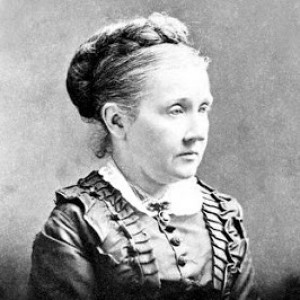This is the last in my series, and I feel very strongly about it, so I’m going to use a strong language. I believe Komen is lying to people about breast cancer. What is a lie? It’s a deliberately false statement. It’s intentional, and it is designed to mislead. And Komen does it ALL THE TIME.
Would you like some examples to back up my claim? Here we go.
This image appeared on Komen’s Facebook page.

False. In 1980, the 5-year survival rate for ALL breast cancers, not early stage breast cancers, was 74.8%. The survival rate for all breast cancers today is 89.4%. In addition, the graphic doesn’t explain what it means by “early stage.” Are we talking only local cancers, and not regional ones? If so, then 99% is indeed the 5-year survival rate–but in breast cancer land, we usually we use “early stage” to refer to non-metastatic cancer, so the term includes both local (stage 1) and regional (stage 2 and 3) cancers. For stage 2, the 5-year survival rate is 93%, and for stage 3 it’s 72%. There’s a crapload of data like this available on the American Cancer Society’s website. Komen would be wise to review it.
Next up: here’s one from their website. They also hand this bad boy out at conferences for metastatic patients. There is so much here that needs unpacking, I don’t even know where to start. Maybe with the pie chart.
So, see the part where it says “early detection”? Yeah, that’s not research on metastasis. The definition of “early detection” is finding breast cancer before it has metastasized. Komen continues to perpetuate the theory that early detection saves lives, but the evidence shows that it does not. We’re detecting a lot more early stage cancers than we were 20 years ago, but the incidence of metastatic breast cancer has remained stable since 1975. So, that 10% of the funding pie that goes towards “early detection” is not for metastatic disease–it’s neither treating metastatic patients, nor preventing metastatic breast cancer.
I’d also put that $147 million dollar figure in the “misleading” category. It’s not false, but what they don’t say is that the $147 million dollars is over the entire lifespan of the Komen organization, all 33 years of it. If you look at the 2014 version of this document, you’ll see that the number is $133 million. $147 million sounds way more exciting than $14 million per year out of an organization that spends $278 million per year. I believe the choice to use a cumulative figure is deliberately misleading. Which makes it a lie.
Speaking of the 2014 version, see how it says that up to 40% of metastatic patients will survive 5 years? That’s false. The 5-year survival rate for stage 4 patients is 25.9%. I suppse we should give kudos to Komen for removing that lie from the 2015 version. So, thanks Komen, for lying one less time.
So, why is Komen lying? My guess–and it’s just my guess, but it IS an educated one–is that they believe that marketing hope is more lucrative than marketing reality. They think that they need to look like they’ve accomplished something with all the billions they’ve spent, or else people will stop donating. But the real problems Komen faces going forward can’t be cured by a marketing strategy. They’ll be fixed by honestly and humbly looking at the reality of breast cancer today–and then doing the work that needs to be done now, not the work that needed to be done 30 years ago. Lying to us, and to themselves, is not going to help Komen achieve its mission of ending breast cancer.

This is just the tip of their iceberg. Even when they are not lying, they are playing with statistics in a way that makes them look good. For example – they only show the stats about 5-year relative survival rates. Not even disease-free survival rates.
I also tried to look up long-term survival statistics (10, 15 years etc.) and found none. I wonder if it has anything to do with the fact that these figures, while improving over the past decades, don’t look as good as 99%?
I agree with your analysis. Thank you for doing the hard work to verify the data vs reputable sources. Recent research reports indicating early detection of Breast cancer does not affect outcome is startling news. News I hope the major Breast cancer foundations in both the US and Canada take seriously. Marketing hope worked well for fundraising but we now know that those funds needed to be focused on finding a cure not increasing awareness. Awareness is high. I think people are starting to become aware that not much has been accomplished with all that money. And they are wondering why. I hope funds don’t dry up. We need funding to find a cure for people like me living with stage IV breast cancer and to prevent others from recurrences (very often more than five years after original diagnosis) that progress to metastatic disease and incurable status. I think existing organizations are in the best position to redirect their focus. It would be a shame if they do not deal with reality that early detection does not save lives.